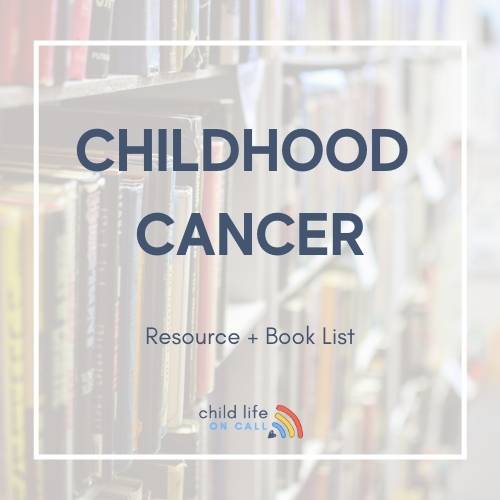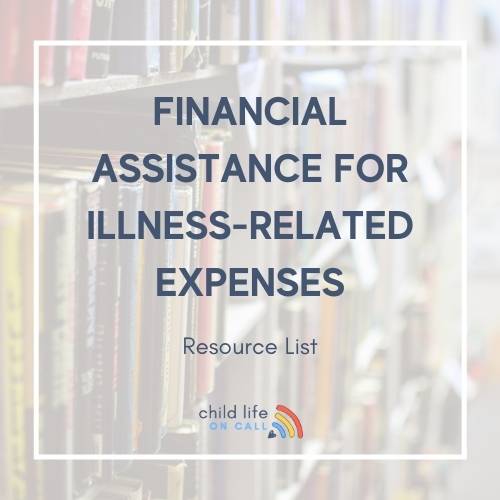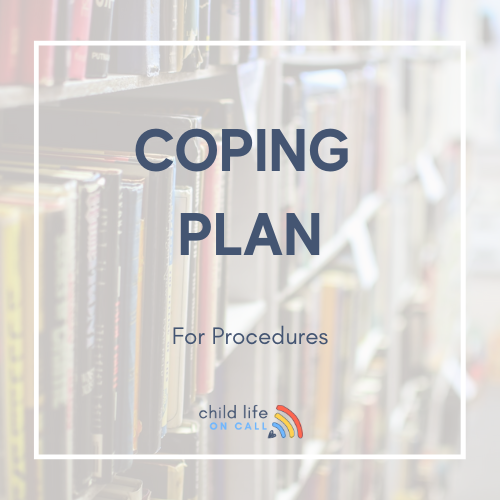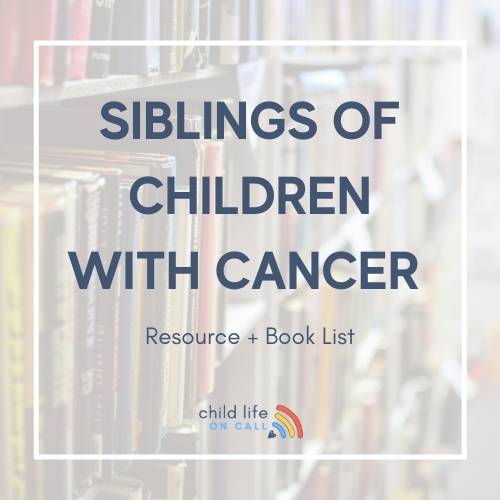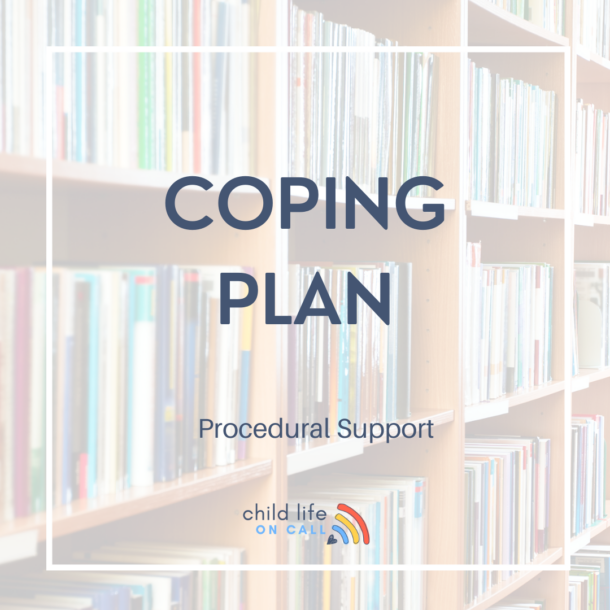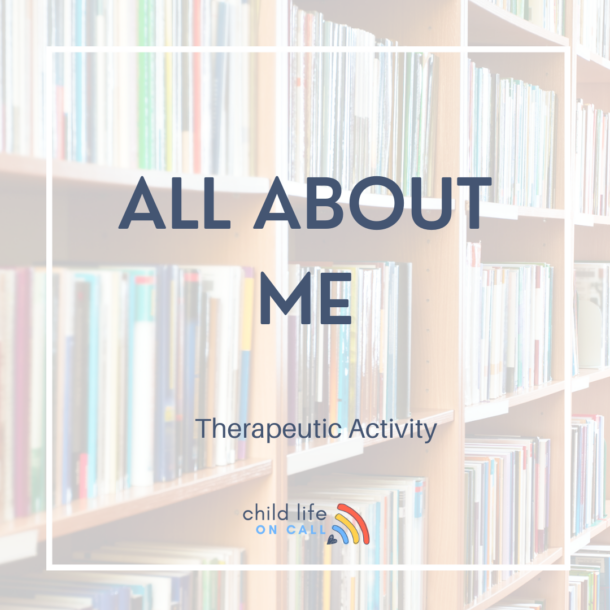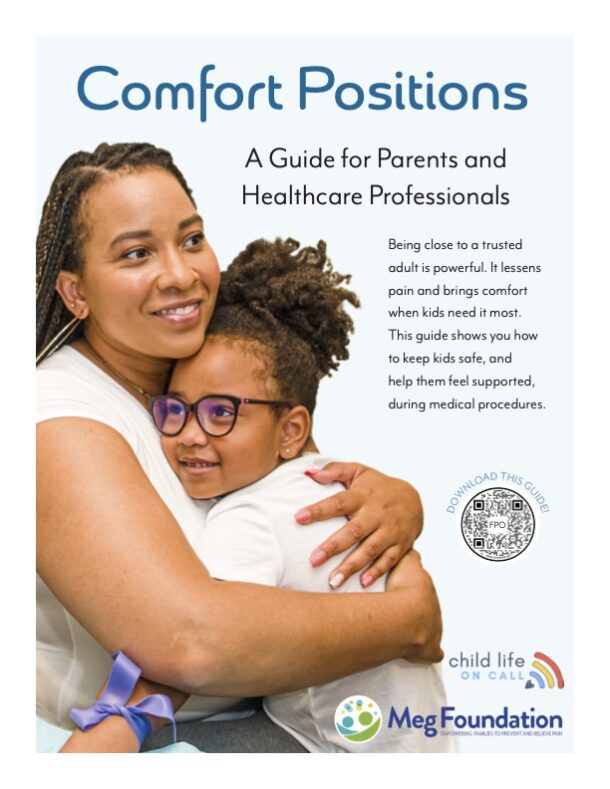“I have a lot of experiences… but, I have learned and lived more in the past three years that I ever did before.”
A mom’s journey through learning that one of her twins has a genetic condition. This is Kelli’s story. By: Sam Krawiec
“Do you want to hear the second heartbeat?” Hearing those words, Kelli and her husband are in complete shock. There’s a second heartbeat? They’re having twins! However, the excitement quickly turns to nervousness when the specialist confirms the twins are Monochorionic/Monoamniotic, or “Mo-Mo twins”. The babies shared a placenta and one amniotic sack.
With this diagnosis, Kelli becomes a high risk pregnancy. “What does this even mean?” Kelli thinks, and immediately turns to Dr. Google where she becomes engulfed in horrific stories and overwhelmed by a 65% survival rate statistic. The biggest fear was that the babies would experience cord entanglement. Throughout the pregnancy Kelli is closely monitored and at 24 weeks she is admitted to the hospital for 24 hour monitoring. As Kelli hits the 31 week, 4 day mark, her baby girls, Ashlyn and Brielle, are born.
During her emergency C-section, Kelli is a little sedated, but cannot help to know that something is wrong when she doesn’t hear the cry of her first baby girl. “She just doesn’t look right, my identical twins do not look the same”, was all Kelli could think. She is not sure what is happening, but she knows something is going on as the medical staff wheels one of her beautiful daughters off before she can even give the first kiss.
On top of the anxiety of having brand new twin babies, a high risk pregnancy, and an emergency c-section, Kelli doesn’t get to see her babies for twelve hours. As she continues to worry, doctors reassure Kelli that Ashlyn’s face is just a little smushed from being in the womb. “We must give it some time before we can make any conclusions” is just not a good enough answer, but right now it’s all Kelli and her husband have.
As time passes in the NICU, it is apparent that though being identical twins, Ashlyn still looks different than her sister, Brielle. Skin tags and some ear malformations lead the doctors to some genetic testing, and all results come back normal. Still no answers. While feeling a small sense of relief, Kelli is still at a loss.

At the twins’ one year check up, the family receives their first answer. Ashlyn has Goldenhar Syndrome, a congenital anomaly that would not show up in genetic testing. After a year full of different suggestions, possibilities, and many google searches, Kelli finally has her answer. Kelli felt so relieved that everything had been solved. Now that they have a diagnosis, Ashlyn will go through treatment and things will be better! They’ve reached the finish line! But, Kelli eventually realizes that there really is no finish line.
Within that first year Kelli can’t help but to feel a lot of anger. Appointment after appointment she becomes frustrated as she waits for the day that she hears there is a solution for her precious daughter, but that day doesn’t come. What Kelli doesn’t yet realize is that there is no black and white in medicine. Her daughter is so unique, it is just unrealistic to think that there is one simple solution to her diagnosis.
As the girls reach the seventeen month mark, Ashlyn receives and additional diagnosis of Caudal Regression Syndrome. Although the family feels completed blindsided by this diagnosis, there is also a huge sense of relief.
Episode 1 | Kelli’s Story – A daughter with Goldenhar and Caudal Regression Syndrome
Although Kelli and her family felt they could begin to move on, there is no specific prognosis. The severity of Ashlyn’s condition is unknown, which leaves a lot of questions and unknown answers. Would she be able to walk? What would life look like for Ashlyn from here on out? So many questions, but no answers. There is only one thing Kelli is told for sure: this is a lifelong condition, and there is no treatment to fully correct, or cure it.
Those words are hard for Kelli to here. So many “what ifs” run through her mind. She can’t help but to feel as though all of her dreams for her daughter may never be achievable.
Right before the twins’ second birthday Kelli finds a bright moment. Her girls are playing around and Ashlyn is taking steps. The girls run into each other and fall and all Kelli can do is smile. Not too long ago she wasn’t sure if her daughter would ever walk, and here they are. Her two beautiful twins running into each other and laughing as they play. Many parents wouldn’t think anything of this moment, but it makes Kelli feel incredible. It is within this moment that Kelli realizes that these are the events to celebrate. And boy, are they worth celebrating.
What Kelli eventually figures out is that dreams can change. While she continues to have big dreams for her girls, she learns that little achievements can be just as meaningful. Every day becomes a little more exciting when you find the greatness in what your child can accomplish in their own way.
Through these three years with her twins Kelli lives and learns more than she could ever imagine. But the most important lesson she learns from Ashlyn is to just be okay. Be humble, never give up, and keep going. Ashlyn’s life may be on a different timeline, it may look a little different than others, but there is so much beauty in being unique and Kelli knows that her daughter is more than capable of achieving her dreams.
Advice from Kelli to other parents:
Take things day by day, moment by moment, scenario by scenario. It’s all a learning process. You’re going to worry about what others will think when your child is different. In these situations, try to think and act upon grace and patience. Try to be understanding in that things may not be intentional. An important mindset to learn is to just be okay. You’ll spend so much time waiting for that final answer, the finish line, the solution, but it’s unrealistic. Be okay with where you are at this point and celebrate the little achievements. Be grateful for the things you child is capable of right in that moment and know that you are doing the right thing.
You can follow Kelli on Instagram or listen to her podcast episode here.

